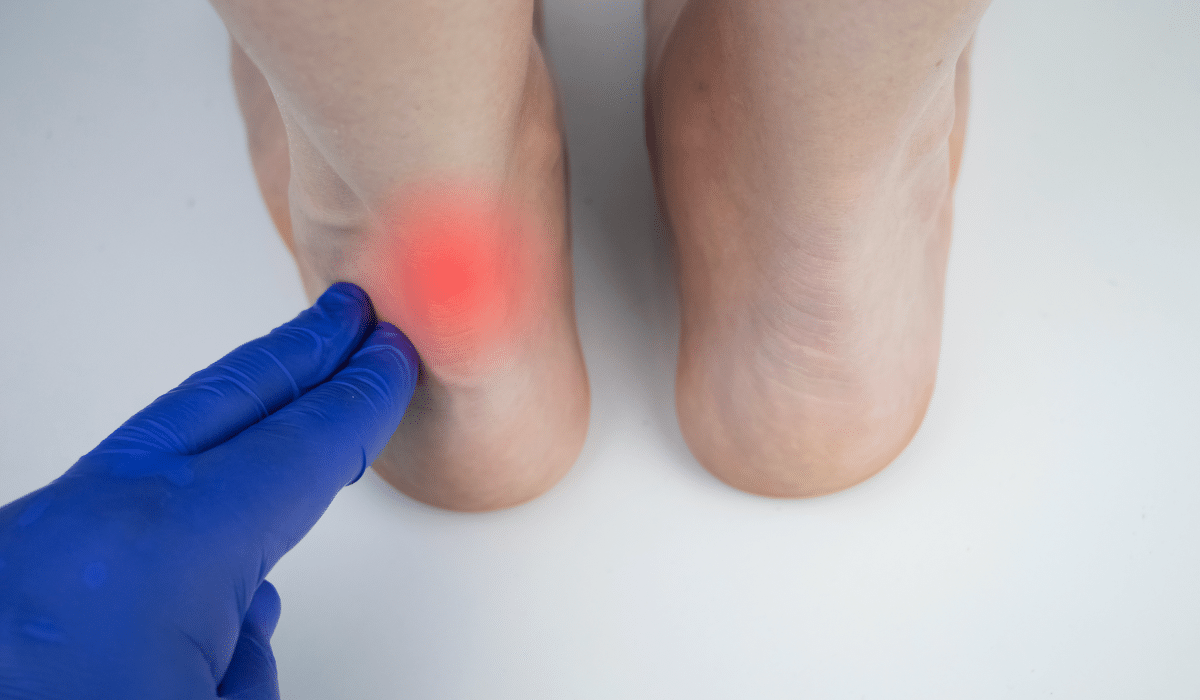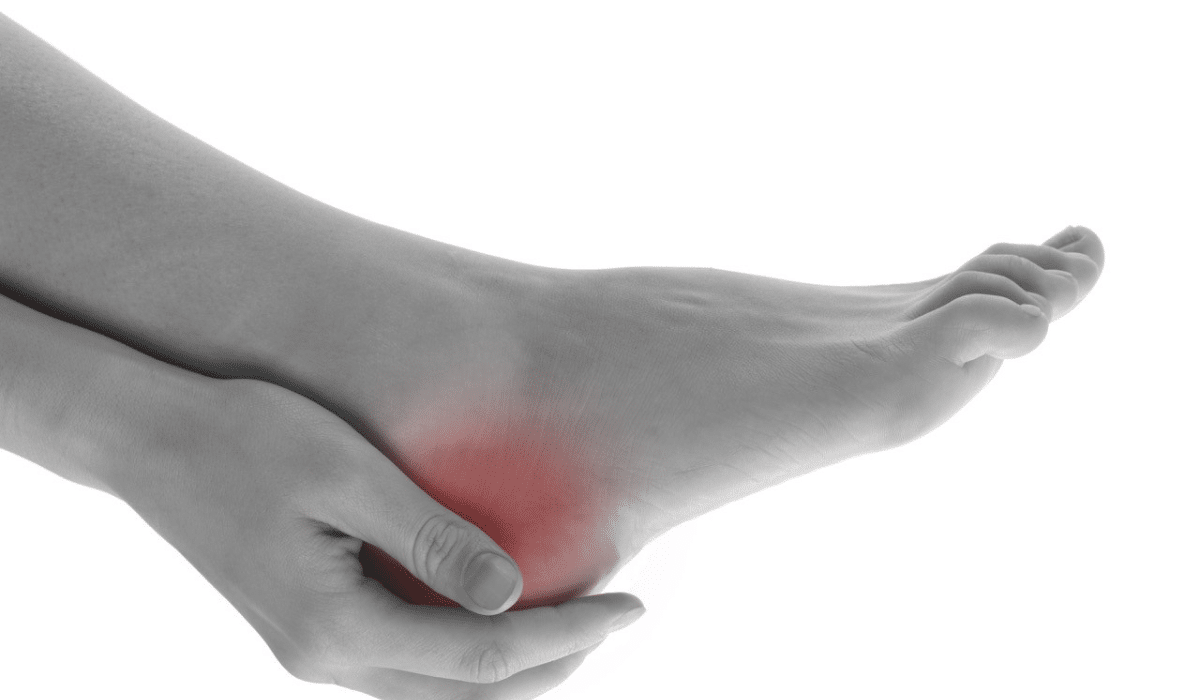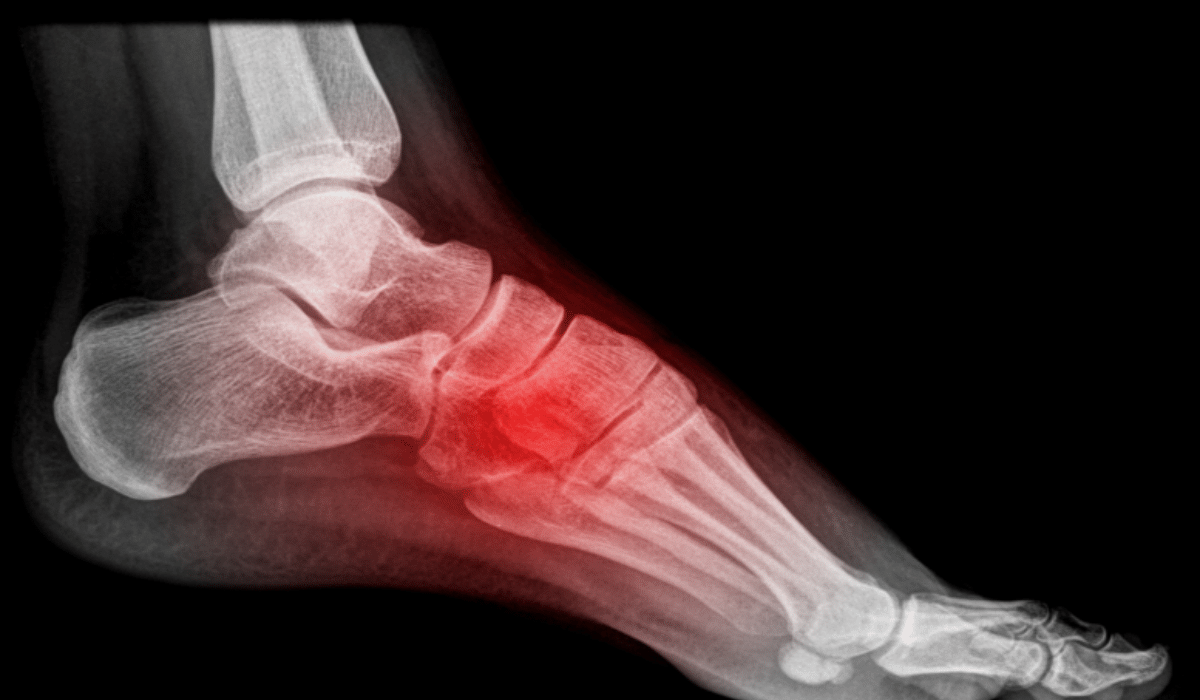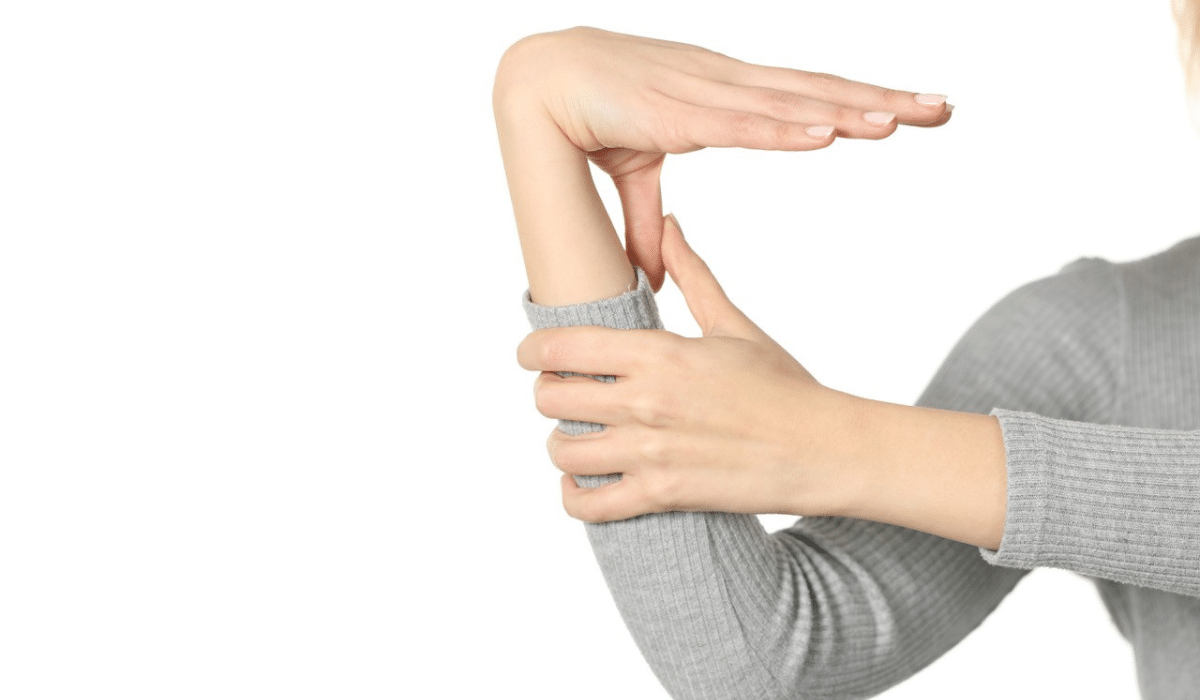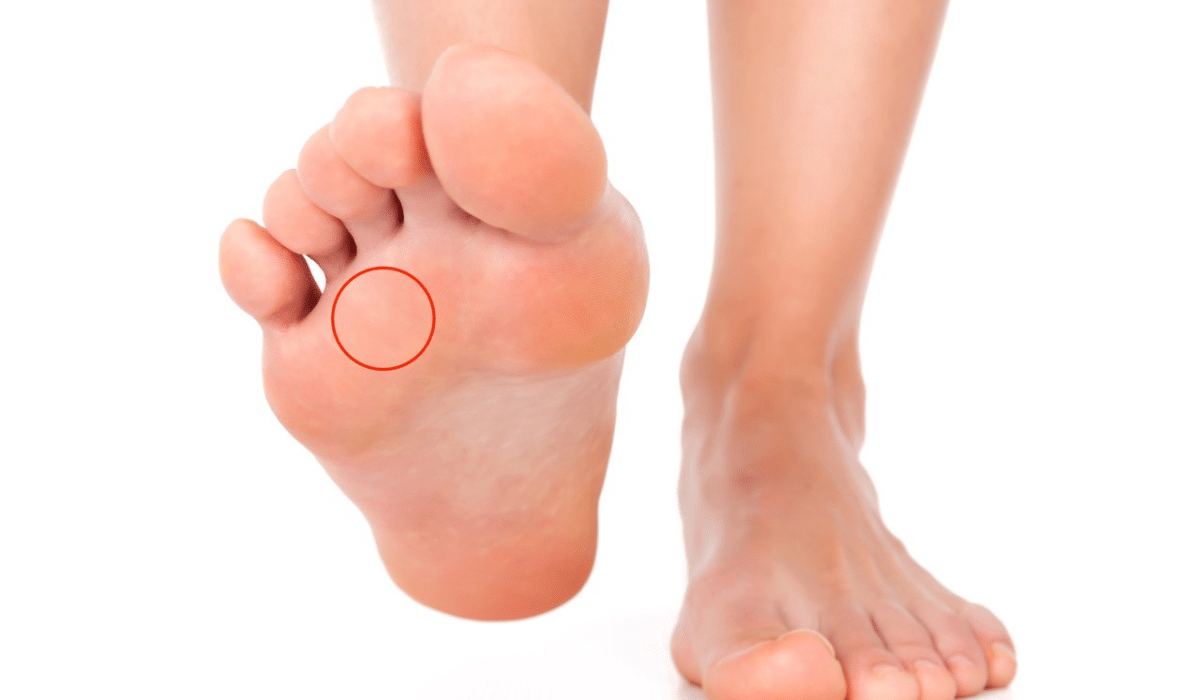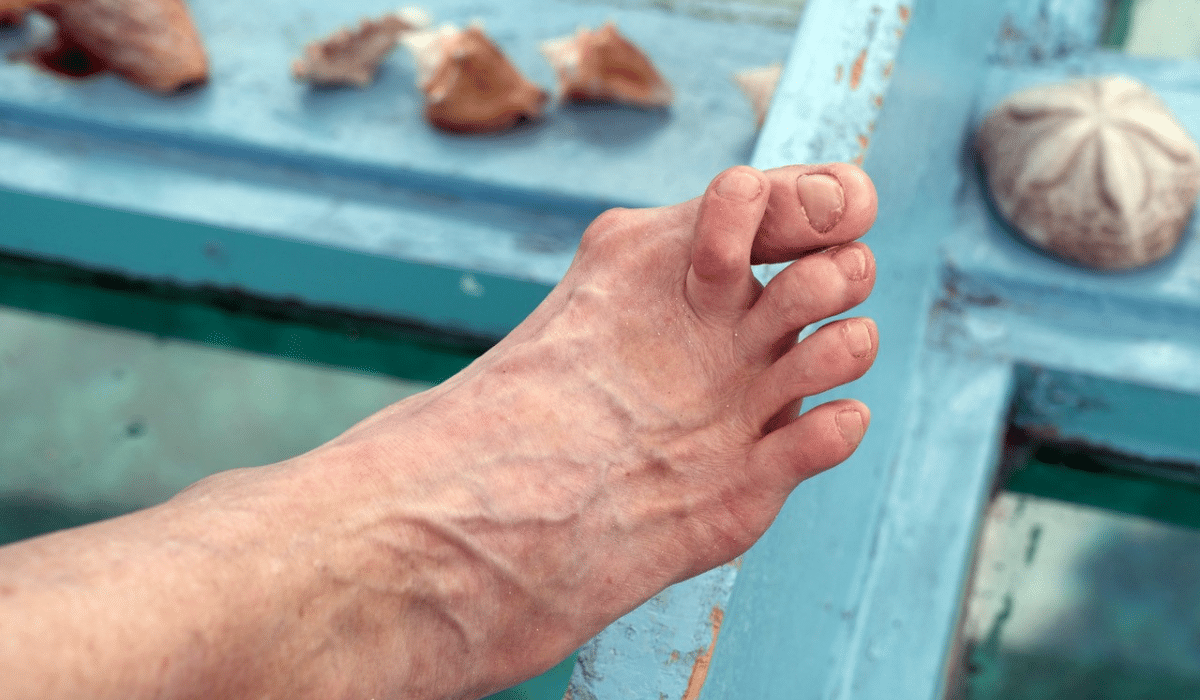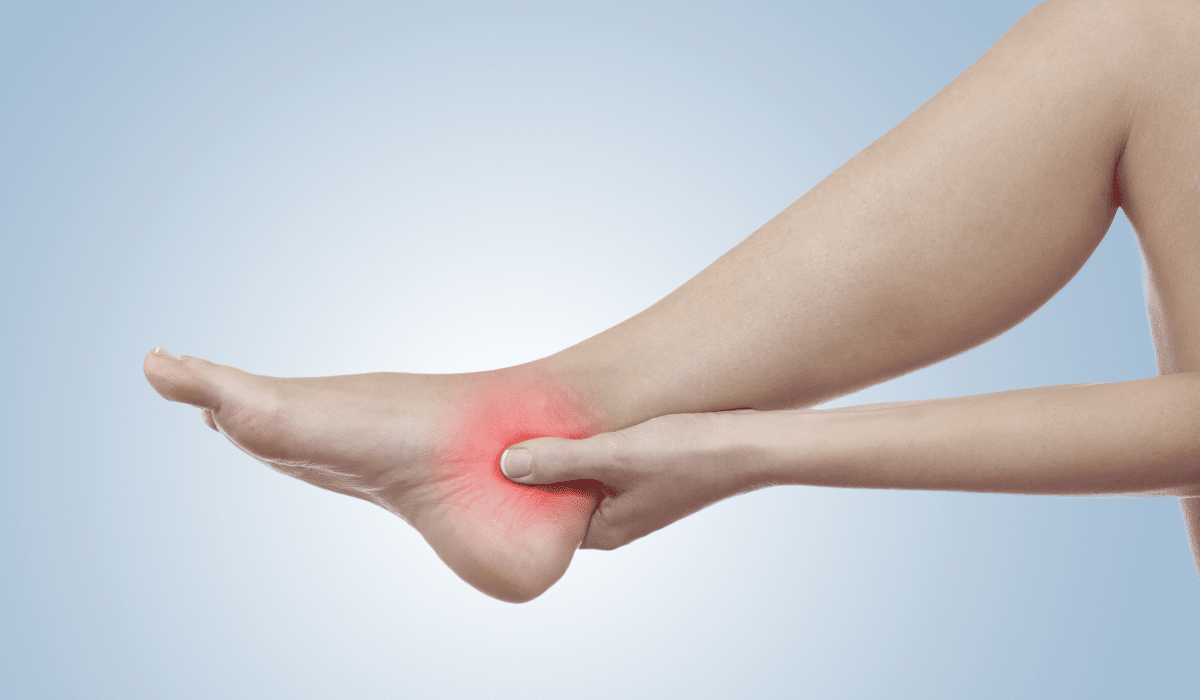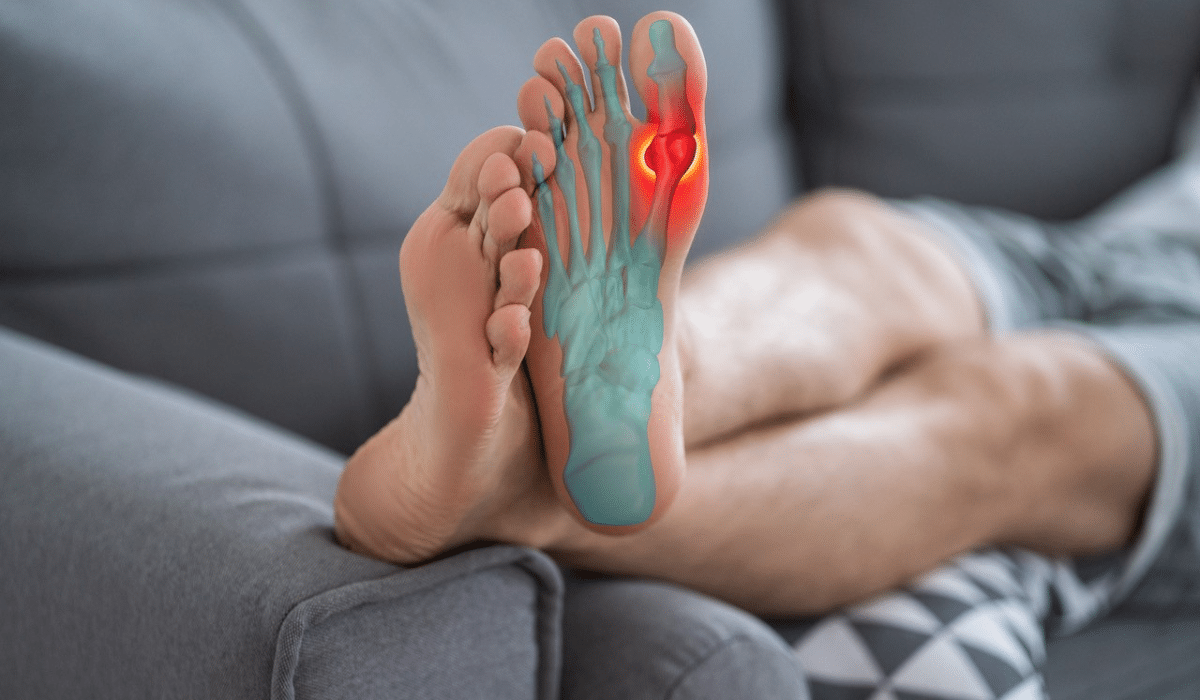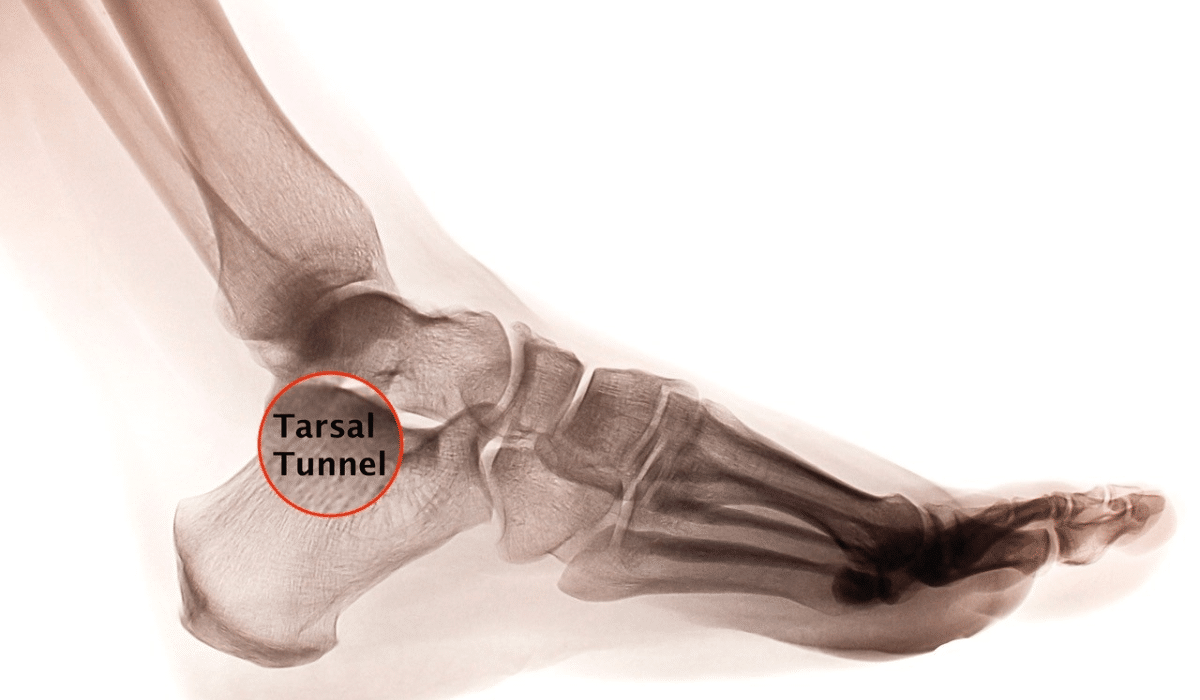Flat Feet / High Arches
‘Flat Feet’ or ‘Flat Footed’ is not a diagnosis. Having Flat Feet is quite normal. The same can be said for having High Arches. Flat Feet are known medically as Pes Planus, while High Arches are known as Pes Cavus.
We know that Flat Feet do not cause pain in all people. But for many adults and children Flat Feet can cause problems such as pain and joint limitation. Having Flat Feet is perhaps a little more common than High Arched feet, but both can be involved in a variety of different Foot, Ankle & Lower Limb conditions.

Common causes
Generally having Flat Feet or High Arches is genetic. The majority of patients we see who have either foot type have struggled for a long time with Foot Pain.
In some cases, having Flat Feet can be a sign of Hypermobility.
Often described as being “double jointed”, Hypermobility and its related conditions are misunderstood by many. It is a great attribute to have a good range of movement and be free and able to move fluidly. However, sometimes too much movement about our joints can make them unstable. Our Podiatrists can help you discover how Hypermobility may be contributing to your Lower Limb Pain.
Our feet can also become more flat or more high arched over time as a result of certain injuries or trauma, with the ageing process or because of your specific Foot & Ankle Biomechanics. If you are concerned about Flat Feet or High Arches contact our Team today to book a Consultation.
Common symptoms
Here are some of the more common problems that present in patients we see with Flat Feet:
Plantar Heel Pain
Plantar Fasciopathy is commonly known as Plantar Fasciitis and affects at least 1 in 10 of us in our life times. It is characterised by pain on the bottom of the heel which is typically worse in the mornings. Pain from Plantar Fasciopathy often becomes a cause of serious inactivity. People with Flat Feet are commonly affected as the flattened foot can cause a mechanical pull on the soft tissues of your heel.
Midfoot Pain
The small key bones of the human mid-foot are not designed to last as long as we do. The bones and joints of the mid-foot can become damaged over time with systemic or inflammatory disease or as a result of trauma or overuse injury. People with Flat Feet can develop pathologies in the tendons which create stability in the mid-foot. This can make them more prone to pain. Our team will assess your mid-foot pain and help alleviate it.
Posterior Tibial Tendinopathy
Posterior Tibial Tendinopathy (or Posterior Tibial Tendon Dysfunction) is a common condition affecting the inner ankle. If you have pain on the inside of your ankle – please do not hesitate to contact us as this condition can be troublesome if not managed properly.
Below are some other conditions associated with High Arches:
Neuroma
A Neuroma is a thickening of nerve tissue which can occur in the foot as a result of excessive shearing force between the metatarsals.
Plantar Plate Tears
Plantar Plate injuries involve damage to the ligaments that lie beneath the toe joints. They are most commonly found at the 2nd toe.
Forefoot Stress Fractures
A Stress Fracture is a small crack or sometimes severe bruising of a bone. Stress Fractures are common in the 2nd & 3rd metatarsal bones in the foot.
Common conditions associated with Flat Feet / High Arches
What our patients say
Thank you Jack!
On this page
Share this page
Request a Consultation
It all starts with a Consultation.
If you have Foot, Ankle or Leg pain contact us today via telephone, email or our Contact Form to book an appointment.
Our Team will respond to you ASAP and arrange an appropriate booking date for you.

